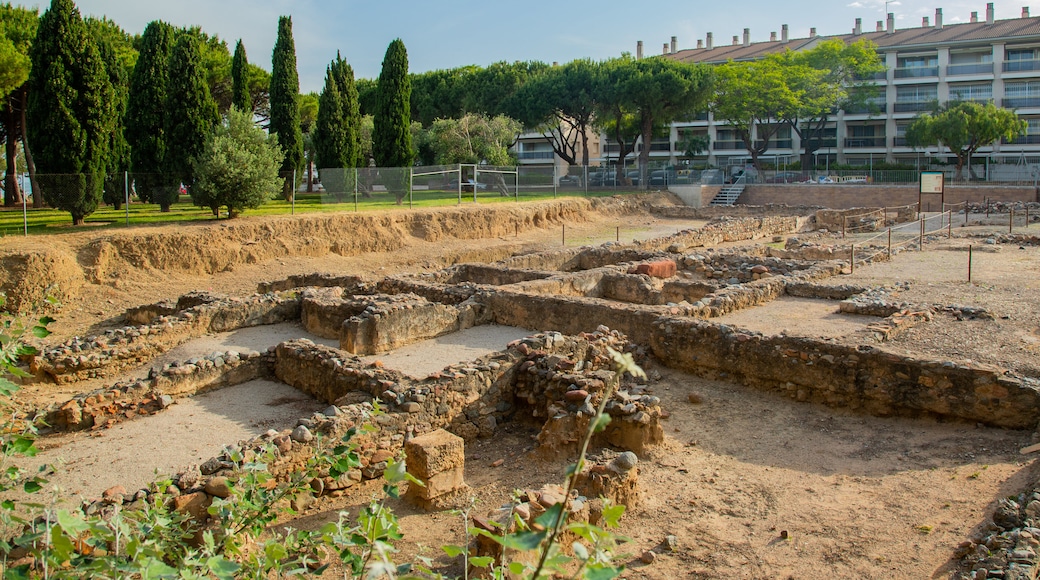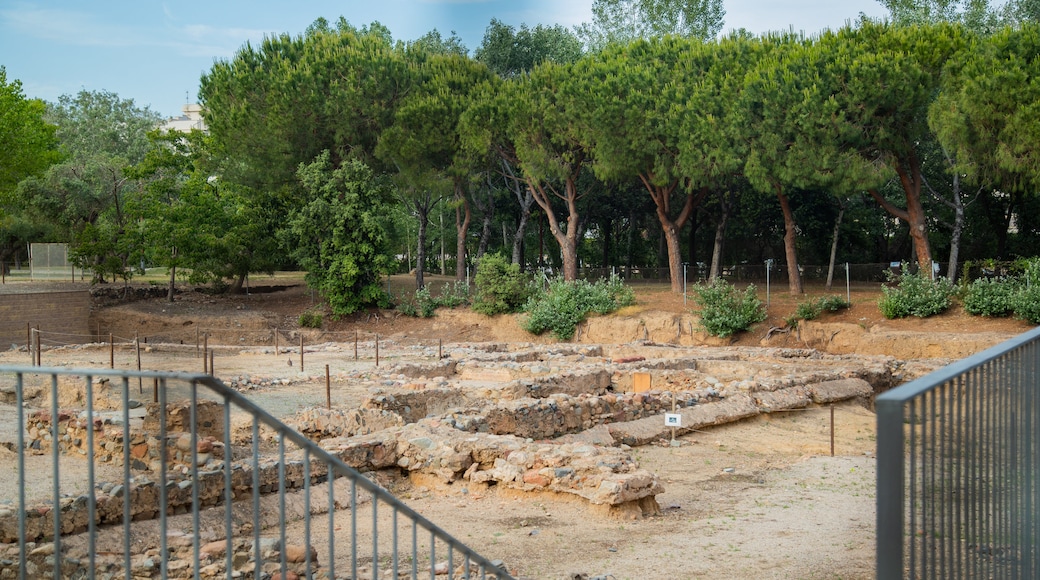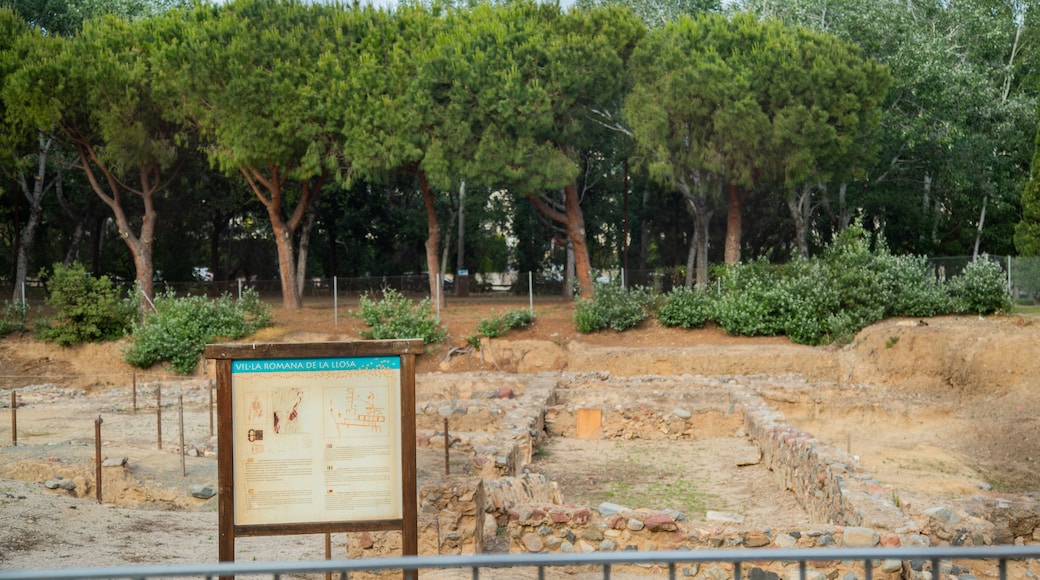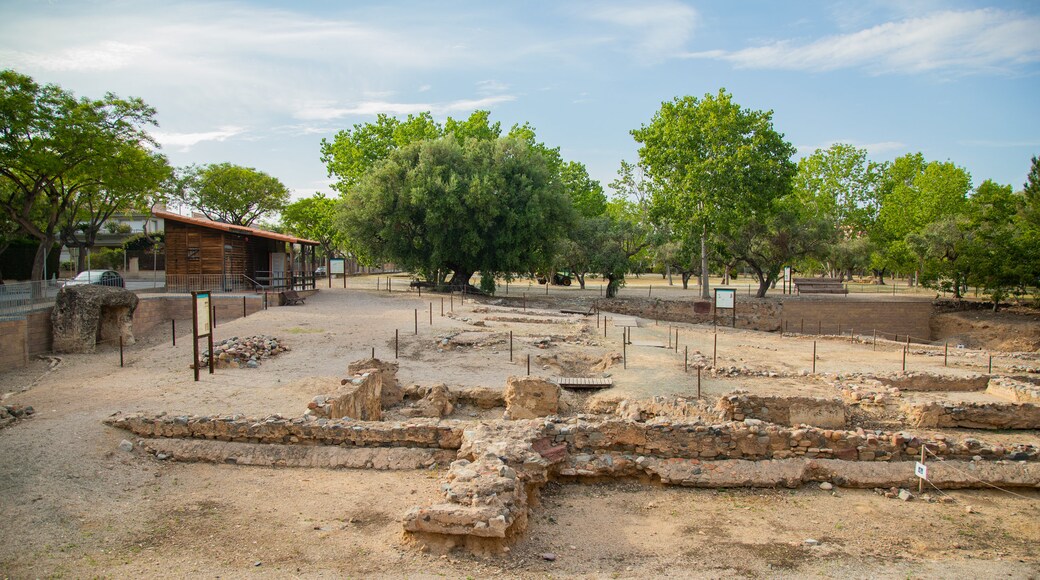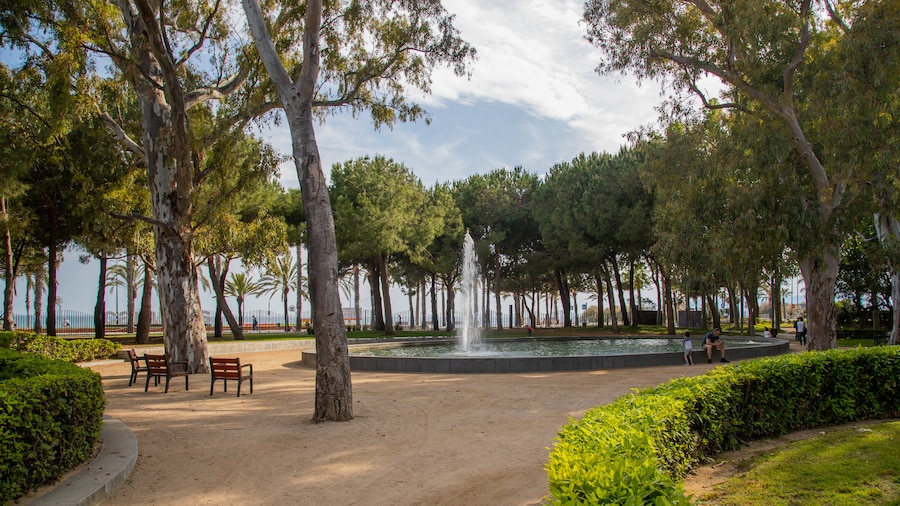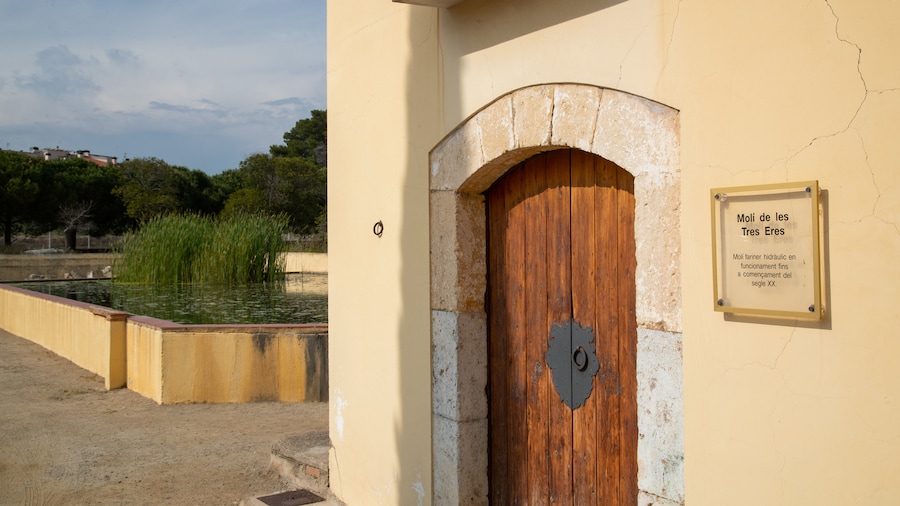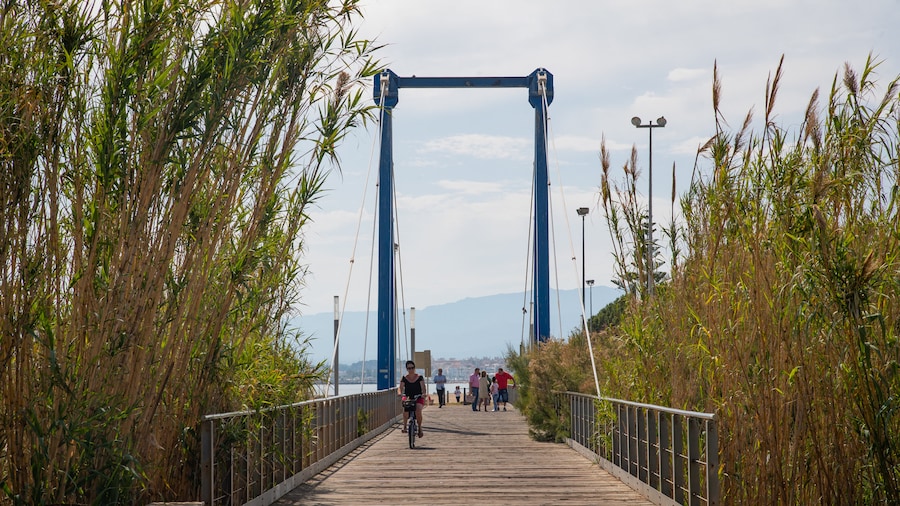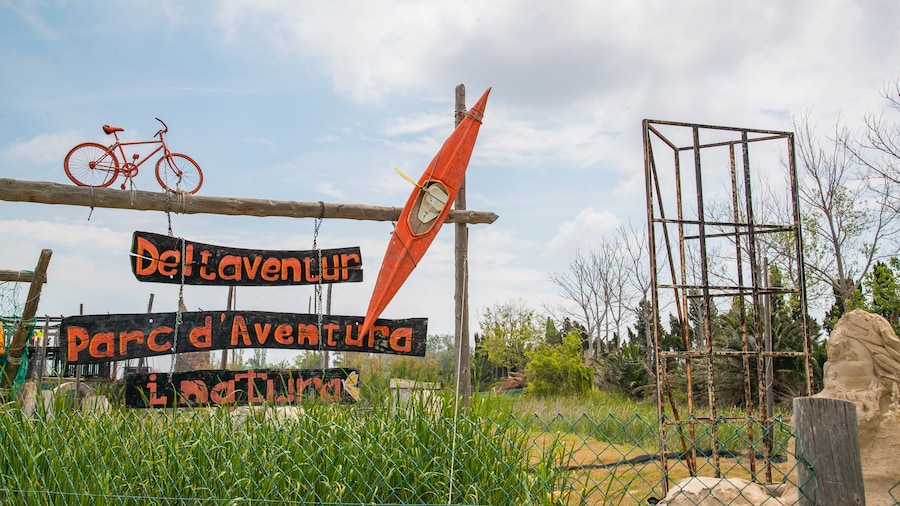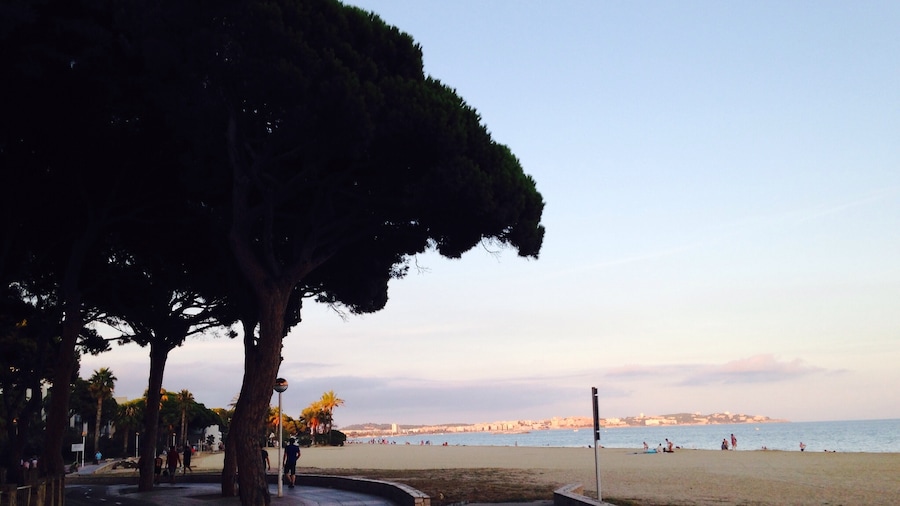Go back in time at this nearly 2,000-year-old archaeological site, which is just a short walk from the beaches of the Mediterranean Sea.
La Llosa Roman Villa once stood on slightly raised ground overlooking the sea. The home of a wealthy Roman, this rather large villa was near the Via Augusta that ran from Cadiz to Narbonne, France. It was occupied from the 1st to the 6th centuries, but not discovered until the 20th century. The site has hosted annual work camps since 1990. Pick your way between the ancient stone walls and gardens, imagining yourself back in the heyday of Roman Hispania.
Begin your visit in the main house, where almost 20 years of archaeological work has exposed the classically Roman architecture. Try to identify the different rooms, from the atrium to the bedrooms. Detailed illustrations and signage offer information and insights about the daily life of the family that once resided here. Pair your visit with a stop at the History Museum of Cambrils Mill of Three Eras, where the bronze art objects and household utensils found in the villa are now stored.
Go outside to the back, where the slave quarters once stood. An olive grove from ancient days still remains in this tranquil spot. Find the oldest olive tree, rumored to have been planted while the villa was still occupied. Its 2,000-year-old roots snake through the ground. Wander under the silvery branches, looking for the fruit that has, for millennia, been the lifeblood of the entire Mediterranean basin.
Return to the foundation of the house and stand looking toward the water, picturing yourself in the toga and sandals of the former residents that gazed at this same view so long ago.
Walk to La Llosa Roman Villa, just west of the port, in 15 minutes from Cambrils’ main train station. Reach it in a 5-minute walk from Playa de la Llosa or in 15 minutes from the town center. Parking is available on nearby streets. In summer, the site is open several hours from Tuesday to Sunday. From September to July, the site is open on limited weekend hours. If the gates are closed, you can view some of the stone work from the street.
